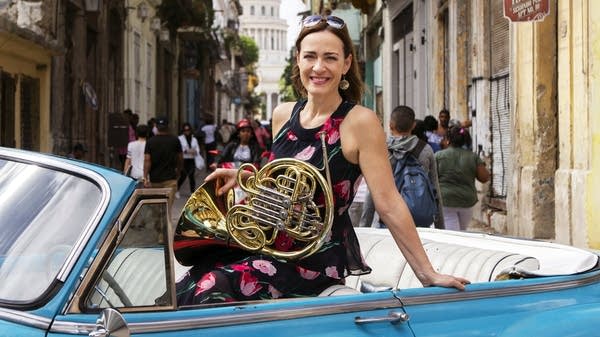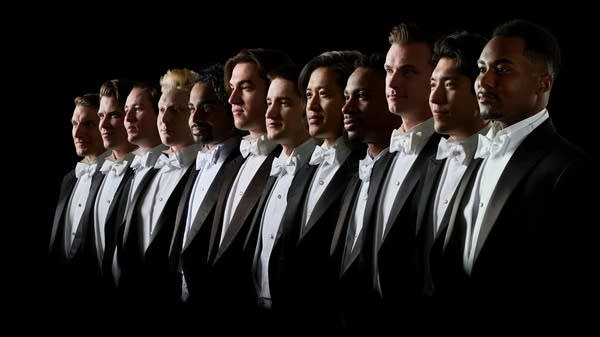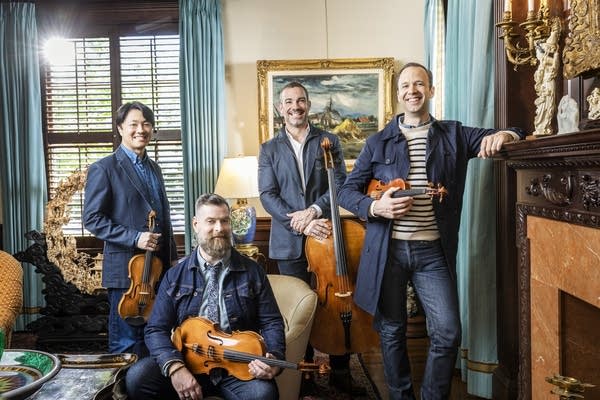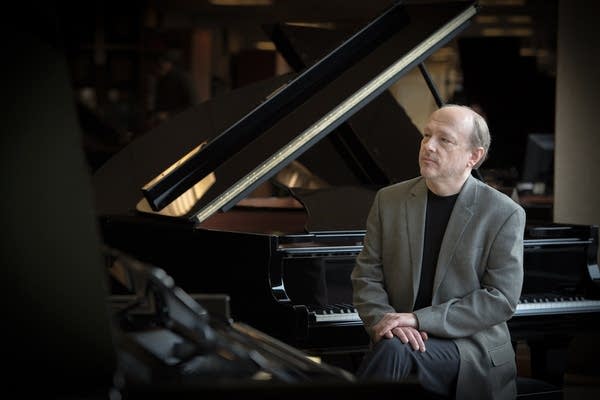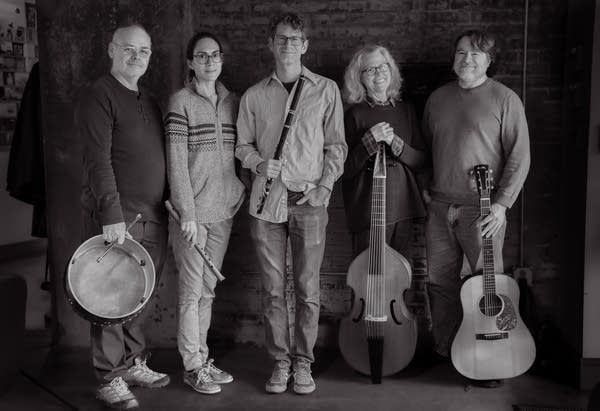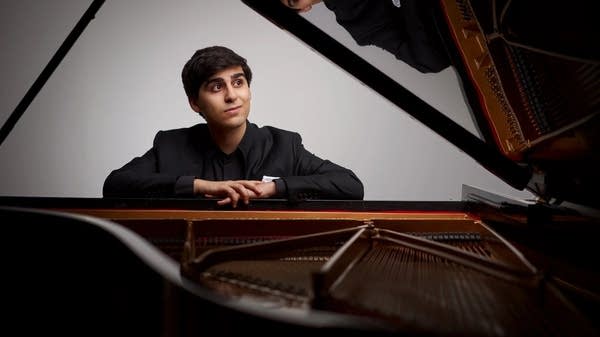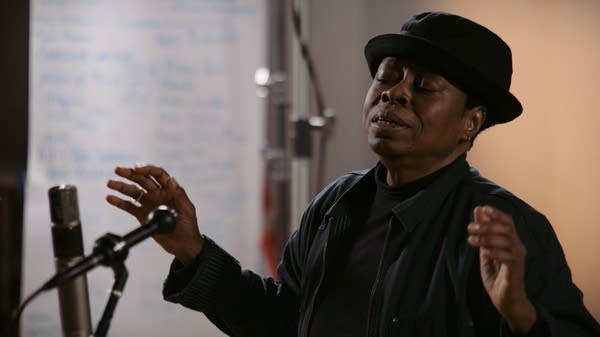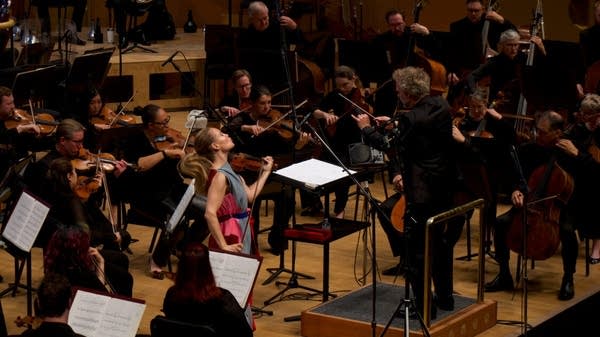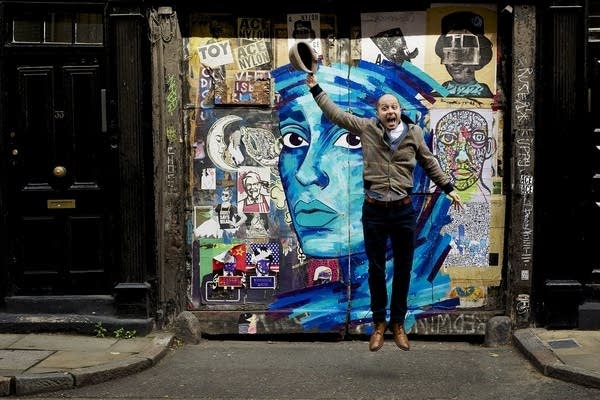
"The Rite of Spring, one of the works that changed the world, one of the most revolutionary pieces ever written—a piece that Stravinsky himself couldn't believe had been written. He said it started off with a dream - he dreamt of a girl dancing herself to death. And he then said that he felt somehow that The Rite of Spring had come from outside and he used to say, 'I'm the vessel through which the 'Sacre' passed.'"
That's Sir Simon Rattle talking about one of the most revolutionary works in the history of classical music. He's just released a new recording of The Rite of Spring with the Berlin Philharmonic, a recording that also includes two lesser-known works by Russian composer Igor Stravinsky, his 1928 ballet, Apollon, and the Symphonies of Wind Instruments.
The Rite of Spring was the third ballet score composed by Stravinsky for the legendary impresario Serge Diaghilev. It was choreographed by Vaslav Nijinsky, who also danced in the performance. That memorable premiere took place 100 years ago on May 29th.
Here's Simon Rattle: "Of course the first performance in May 1913 was a famous riot. People who were there remembered that the very beginning of the piece with its high bassoon making the sound of the earth cracking—that was heard with some kind of respectful silence. But the minute the famous, dissonant, violent stamping chords began, people began to object louder and louder. And it was very clear that, as Stravinsky said, no one could hear the music at all. He could hear Nijinsky behind the stage screaming out numbers so that the dancers didn't get lost.
"There was still a great success," Rattle continues, "This is what people forget. It was like a class war going on between the rich in the stalls and the poor in the balconies. And the balconies gave it an enormous ovation. And apparently by the second performance the riot had stopped and people were realizing that there was one of the great masterpieces in front of them."
That great masterpiece was also filled with elements of Russian folk songs that Stravinsky knew from his childhood, "And he had remembered the village musicians from where he had grown up and lived," Rattle explains. "And he took these things and he deconstructed them, he tore them up, rather like a Cubist painting. But there is absolutely no doubt that nothing like this had ever been heard before."
Even Stravinsky was somewhat astonished by his ideas. He found himself scratching his head trying to figure out how to notate the rhythmic complexity of the final dance. "In fact, there are wonderful photographs of his manuscript without any bar lines, just with all the chords and rhythms before he could work out where someone should put the beat. Almost a hundred years since its first performance, the piece still thrills, the piece still shocks," Rattle concludes.
The ballet has been revived and re-choreographed from time to time since the premiere 100 years ago. In the past several decades The Rite of Spring has really belonged to the orchestra especially since Stravinsky brought out a new edition of the score in 1947. It's that version of this thrilling work that's heard on this new release with Sir Simon Rattle and the Berlin Philharmonic.
Love the music?
Show your support by making a gift to YourClassical.
Each day, we’re here for you with thoughtful streams that set the tone for your day – not to mention the stories and programs that inspire you to new discovery and help you explore the music you love.
YourClassical is available for free, because we are listener-supported public media. Take a moment to make your gift today.
Your Donation
About New Classical Tracks®
Host Julie Amacher provides an in-depth exploration of a new classical music release each week.
Subscribe on Apple Podcasts, TuneIn, Radio Public, or RSS.


